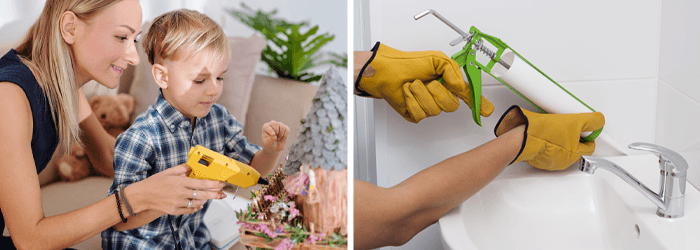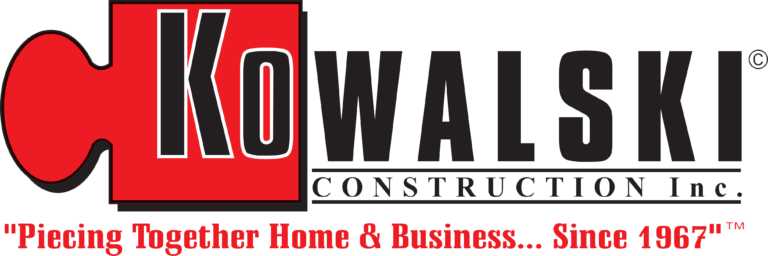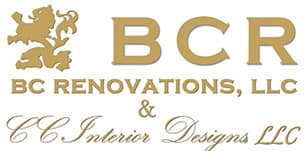Most of us have a dozen or so partially used tubes, bottles, or jars of several different types of glues or adhesives in our home workshops, toolboxes, or even our kitchen junk drawer. We are unsure what we have, though we remember seeing something in one of those places in recent years.
Let’s look at the appropriate adhesives to help us better understand which products to use on which projects. Deciding which adhesive to use begins with knowing what materials will be glued together.
Is there a difference between glue and adhesive?
While the terms are used interchangeably, there is a technical difference. Glues are derived from plant or animal by-products. Adhesives are manufactured from synthetic materials.
If you visit a big box store, you will find over a dozen different brands, each having its own version of the same types of adhesives. You can use quite a few of the products interchangeably. Several products work to adhere to similar surfaces, such as wood, metals, and masonry.
Given that there are these similarities, the best way to help you navigate is to describe different types of glues and adhesives.
Cyanoacrylate
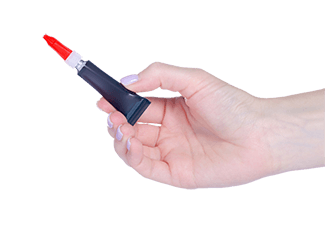 This product is better known as Super Glue. This adhesive comes in both a gel and liquid form. The gel works better on porous surfaces such as wood or ceramics. This adhesive forms a powerful but brittle bond and tends to be used to repair small household items like broken figurines, bowls, and the like. It also bonds to the skin, so be careful! It is best not to use the product to repair structural items that will experience movement as it is brittle. It is not the best choice for outdoor use in large areas, but for minor repairs, it can work.
This product is better known as Super Glue. This adhesive comes in both a gel and liquid form. The gel works better on porous surfaces such as wood or ceramics. This adhesive forms a powerful but brittle bond and tends to be used to repair small household items like broken figurines, bowls, and the like. It also bonds to the skin, so be careful! It is best not to use the product to repair structural items that will experience movement as it is brittle. It is not the best choice for outdoor use in large areas, but for minor repairs, it can work.
Spray Adhesive or Rubber Cement
These two products are versions of the same product, with the spray being an aerosol version of contact cement. Rubber cement and spray adhesives do not form a strong bond and are primarily used for craft projects. It is strictly an indoor-use product.
Hot Melt
 You probably know this product as a glue gun. The glue comes in hard, rubber-like tubes. They are easy to store and should be kept in a temperature-controlled room. The tubes are pushed through a heat gun that melts the adhesive and drips it onto the surfaces to be joined. While the melted resin makes a fairly strong bond, most people consider it as non-permanent. A heat source, like the sun, can melt the glue again. Woodworkers and other craft folks use it to tack two things together temporarily.
You probably know this product as a glue gun. The glue comes in hard, rubber-like tubes. They are easy to store and should be kept in a temperature-controlled room. The tubes are pushed through a heat gun that melts the adhesive and drips it onto the surfaces to be joined. While the melted resin makes a fairly strong bond, most people consider it as non-permanent. A heat source, like the sun, can melt the glue again. Woodworkers and other craft folks use it to tack two things together temporarily.
Contact Cement
This product forms an excellent bond between two surfaces and is often used to attach plastic laminate to a plywood substrate for counters and such. Contact cement is a rubber product mixed with a solvent. The cement is applied with a brush or small roller to both surfaces. It is best to allow the solvent to become tacky. This takes about five minutes. Then attach the two surfaces to form an immediate and permanent bond. Positioning is important. As soon as the surfaces attach, they are not likely to come apart. Most uses are for indoors.
Polyurethane Glue
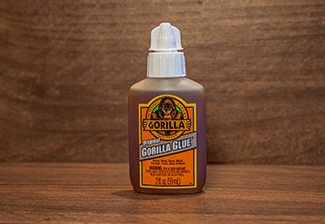 This glue, known as Gorilla Glue, provides us with one of those interchangeable glue vs. adhesive moments. The product forms a powerful bond with a wide variety of materials, including wood, metals, stone, and plastics, to mention a few. It is worth noting that the original version of this product expands as it cures. According to the manufacturer, it expands as much as three times its volume. The manufacturer highly recommends clamping the two surfaces together for the strongest possible connection. This product can be used inside and outside. When applying it, at least one surface should be slightly damp as it is moisture-activated. It is waterproof.
This glue, known as Gorilla Glue, provides us with one of those interchangeable glue vs. adhesive moments. The product forms a powerful bond with a wide variety of materials, including wood, metals, stone, and plastics, to mention a few. It is worth noting that the original version of this product expands as it cures. According to the manufacturer, it expands as much as three times its volume. The manufacturer highly recommends clamping the two surfaces together for the strongest possible connection. This product can be used inside and outside. When applying it, at least one surface should be slightly damp as it is moisture-activated. It is waterproof.
Silicone
You are probably used to hearing of silicone being used as a sealant in wet areas more frequently than as an adhesive. It is both. It is a powerful adhesive for many materials such as ceramics, metals, glass, and just about any material, including itself, wood, and other products. If you have had to remove it while performing demo work in a bathroom shower, you know what a good adhesive it can be. This product is waterproof and is used inside and outside. When applying it, the surfaces must be dry.
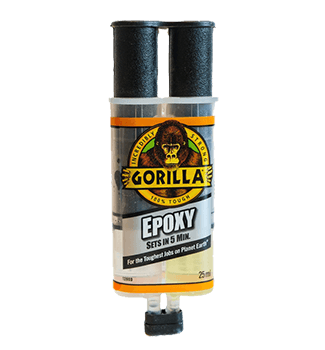
Epoxy
Epoxy is the strongest of the strong when it comes to adhesives. It consists of two parts; resin and catalyst, that come in two tubes that require mixing. Different types of epoxies combine various resins with varying curing times to create different product strengths and usability. Depending on the tube type, there is an area where the two liquids come together as they are applied to the surfaces to be attached. You can use epoxy indoors or outdoors. Depending on the product, it can withstand extreme temperature swings as well.
Construction Adhesives
Typically, these adhesives are synthetic products that come in a package resembling a caulking tube and require a caulking gun to apply. You can apply them to a variety of surfaces and conditions. Do not lose heart when you walk down the hardware aisle with all the different products. Almost every brand will list the specific application the product is best suited for on the cover.
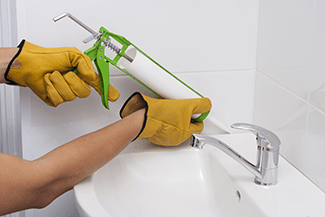
Whether you go shopping for a new adhesive or dig around the house for that tube you know you saw, remember the following:
- Know the materials you are attaching.
- Read the packaging to determine the best use.
- Read the packaging to see the manufacturer’s instructions.
- Read the packaging to know what the solvent is. No fingers glued to eyebrows!
- Be informed beforehand on how to manage and remove any of the product that oozes out onto the surface when you bring or clamp them together.
Now, let’s go stick together!
###
Homeowner Handbook | #ChoosingYourAdhesive
PODCAST
Updating what’s going on at Rosie On The House. A visit with one of our Arizona Staycation participants The Park Hotel & Smelter Town Brewery in Clarkdale, Arizona. Plus homeowner questions on what to consider when deciding on two bids for a painting project and a water pressure regulator.
Podcast Archive With Expanded Content and Resources
PHOTO CREDIT
- Shutterstock

